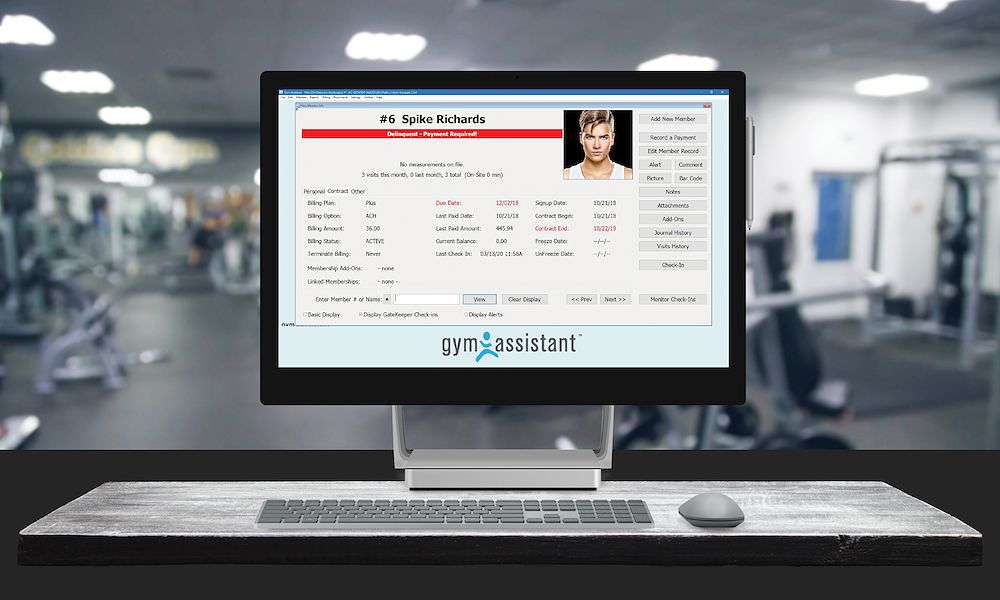How to Open a Gym in Massachusetts
Opening a gym in Massachusetts is an exciting venture that promises not only a profitable business but also the opportunity to foster a healthier community. However, setting up a gym requires meticulous planning, adherence to state regulations, and the integration of efficient management tools. This guide will walk you through the essential steps to open a gym in Massachusetts and emphasize the importance of good gym software for seamless operations.
1. Develop a Solid Business Plan
A robust business plan is the foundation of any successful gym. It should include:
- Market Analysis: Understand the demographics and fitness trends in the area.
- Financial Plan: Detail your funding sources, budget, projected expenses, and revenue.
- Marketing Strategy: Plan how to attract and retain members.
- Services Offered: Decide on the types of memberships, classes, and facilities you will provide.
2. Choose the Right Location
The location of your gym can make or break your business. Consider factors like:
- Accessibility: Ensure the gym is easily accessible by public transport and has ample parking.
- Competition: Analyze the presence of other gyms in the vicinity and find a unique selling proposition.
- Space Requirements: Make sure the location can accommodate your equipment, classes, and additional facilities like locker rooms and showers.
3. Secure Financing
Starting a gym requires substantial investment. Explore various funding options such as:
- Personal Savings: If you have substantial savings, this can be a viable option.
- Bank Loans: Many banks offer business loans for new ventures.
- Investors: Attracting investors can help share the financial burden.
- Grants and Incentives: Look for any state or federal grants available for small businesses.
4. Obtain Necessary Permits and Licenses
Operating a gym in Massachusetts requires compliance with local and state regulations. Essential permits and licenses include:
- Business License: Register your business with the Massachusetts Secretary of State.
- Zoning Permits: Ensure your gym location complies with local zoning laws.
- Health and Safety Permits: Obtain permits related to health and safety standards, especially if you offer services like a swimming pool or a spa.
- Insurance: Secure comprehensive insurance coverage, including liability, property, and workers’ compensation.
5. Invest in Quality Equipment and Design
Your gym’s success heavily depends on the quality and variety of equipment and the overall design. Ensure you:
- Choose Reliable Suppliers: Invest in durable, high-quality equipment.
- Design an Inviting Space: Create a layout that is both functional and aesthetically pleasing, with clear areas for different activities.
- Safety: Ensure all equipment is installed correctly and complies with safety standards.
6. Hire Qualified Staff
Your staff will be the face of your gym. Hire certified trainers, knowledgeable front-desk personnel, and efficient maintenance staff. Consider providing continuous training to keep your team updated on the latest fitness trends and safety protocols.
7. Implement Effective Gym Software
One of the most critical aspects of running a successful gym is the implementation of robust gym management software. Here’s why it’s indispensable:
- Membership Management: Efficiently handle member sign-ups, renewals, and cancellations.
- Class Scheduling: Automate class schedules, allowing members to book classes online.
- Billing and Payments: Streamline billing processes and offer various payment options.
- Performance Tracking: Monitor member progress and personalize their fitness plans.
- Communication: Maintain seamless communication with members through automated reminders and updates.
- Analytics: Gain insights into your gym’s performance, member preferences, and financial health through comprehensive reports.
8. Marketing and Community Engagement
Marketing is crucial for attracting new members and retaining existing ones. Effective strategies include:
- Online Presence: Create a professional website and maintain active social media profiles.
- Promotions and Discounts: Offer introductory discounts and special promotions.
- Local Partnerships: Collaborate with local businesses and participate in community events.
- Referral Programs: Encourage existing members to refer friends and family.
Opening a gym in Massachusetts involves careful planning, adherence to regulations, and investment in quality resources. By following these steps and leveraging effective gym management software, you can streamline operations, enhance member satisfaction, and build a thriving fitness community. Remember, the right software can make a significant difference in managing your gym efficiently and staying ahead in a competitive market.
At Gym Assistant we specialise in membership management software that is really easy to use – visit https://www.gymassistant.com/ for more!





